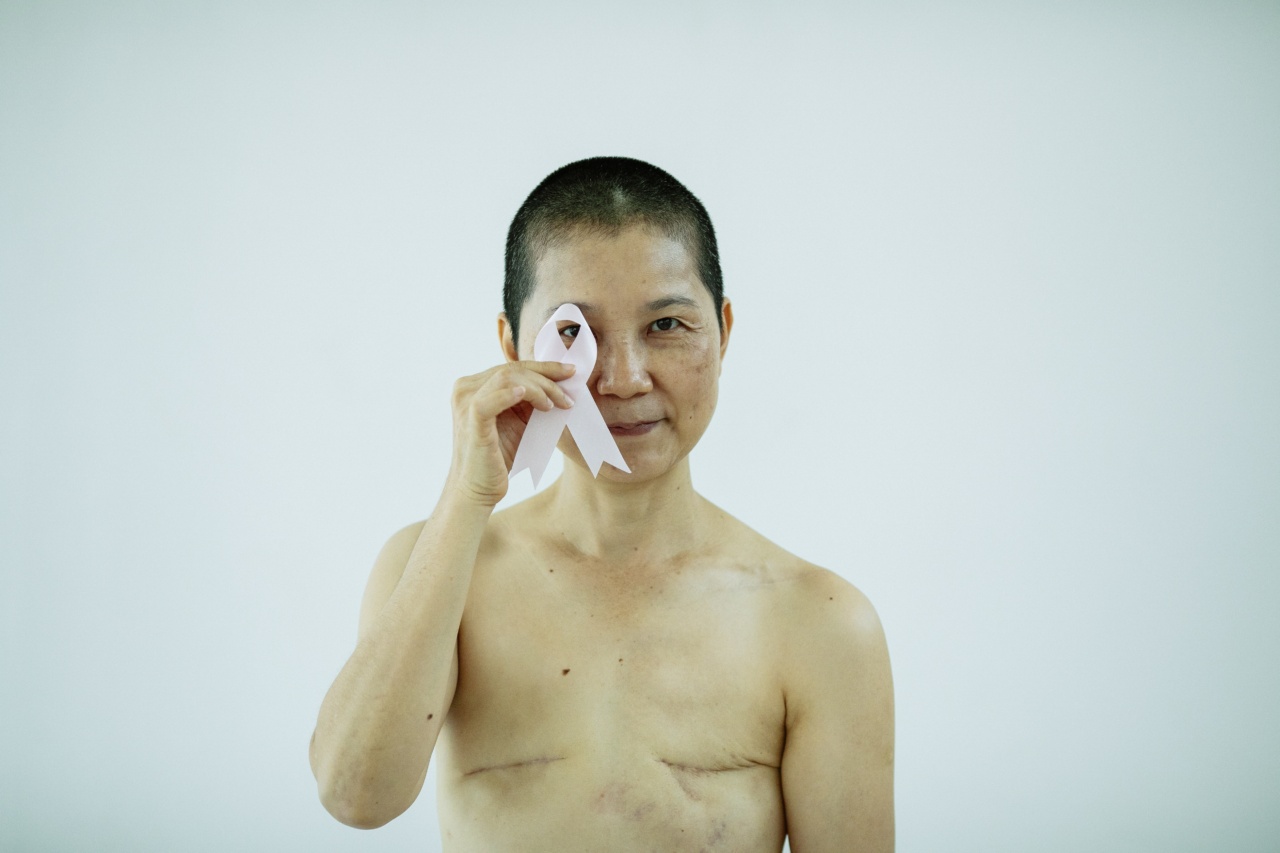One of the most common health complaints from women is the pain in their breasts. Breast pain is characterized by a dull ache or tenderness in the breasts or nipples.
Although breast pain is usually not a sign of serious medical issues, it can be an uncomfortable and painful experience, and it is essential to know the underlying causes of breast pain to manage it effectively.
Hormonal Fluctuations
The menstrual cycle plays a critical role in breast pain. Breast pain that occurs cyclically is usually associated with the hormone fluctuation during menstrual cycles.
The swelling and tenderness usually occur in the week before menstruation and improve during or after periods. Pregnancy can also cause breast pain due to hormonal changes in the body.
Breast Injuries or Trauma
Injury or trauma to the breast can cause tenderness, pain, or swelling in the affected area. Trauma can be caused by accidents, falls, or direct blows to the breast area.
During physical sports activities such as running or jumping, the bouncing motion of the breast can cause tissue damage resulting in pain or tenderness.
Breastfeeding
Women who breastfeed often experience soreness and breast pain. Breastfeeding mothers may experience sore and tender breasts due to the stretching of milk ducts or clogging of milk ducts.
Most breastfeeding mothers experience breast pain in the early days of breastfeeding and usually, it goes away as the breastfeeding period continues to decrease and lactation reduces.
Breast Infections
Breast infections are a type of inflammatory condition of the breast tissue. It is often caused by bacteria that enter the body through a cracked or sore nipple. The infection leads to swelling, redness, and tenderness of the affected area.
Depending on the severity of the infection, specific treatments such as antibiotics, breast drainage, or surgery would be necessary.
Breast Cysts
A breast cyst is a fluid-filled sac that grows in the breast. They are more common in women in their forties and fifties. Cysts usually develop due to hormonal changes in the body. Breast cysts can cause breast pain and tenderness.
In most cases, breast cysts do not require any treatment and tend to go away on their own.
Breast Cancer
Breast cancer is a malignant tumor that forms in the tissue of the breast. Although breast cancer is not always accompanied by pain, it is a possible cause of breast pain.
Therefore, it is essential to regularly perform self-examinations of the breast and seek medical attention if any lumps, bumps, or abnormalities are felt. Early detection of breast cancer is essential and can improve the chance of successful treatment considerably.
Breast Implants
Women who have breast implants may experience breast pain due to the implant itself. The implants can cause discomfort, and in some cases, sharp pain in the breast.
The pain associated with breast implants can be due to the procedure of implantation or other complications in the aftermath of the implant.
Caffeine Consumption
Caffeine consumption can lead to breast pain. Caffeine is found in various products such as coffee, tea, chocolate, and soda.
Women who consume excessive amounts of caffeine may experience breast pain due to the stimulatory effect of caffeine on the breast tissue.
Stress
Stress can cause breast pain due to the hormone changes it can cause in the body. Cortisol, which is the hormone released in response to stress, can cause inflammation and tenderness of the breast tissue.
Stress can also cause muscle tension which can lead to breast pain and discomfort.
Conclusion
Breast pain is a common experience among women, and it can be caused by factors ranging from hormonal fluctuations to stress.
If you experience breast pain, it is crucial to determine the underlying cause and take adequate steps to manage it effectively. Self-examination of the breast should be a regular practice for women to detect any abnormalities promptly.
Remember, seeking medical attention promptly can significantly improve the chance of successful treatment if there is an underlying medical condition.
























